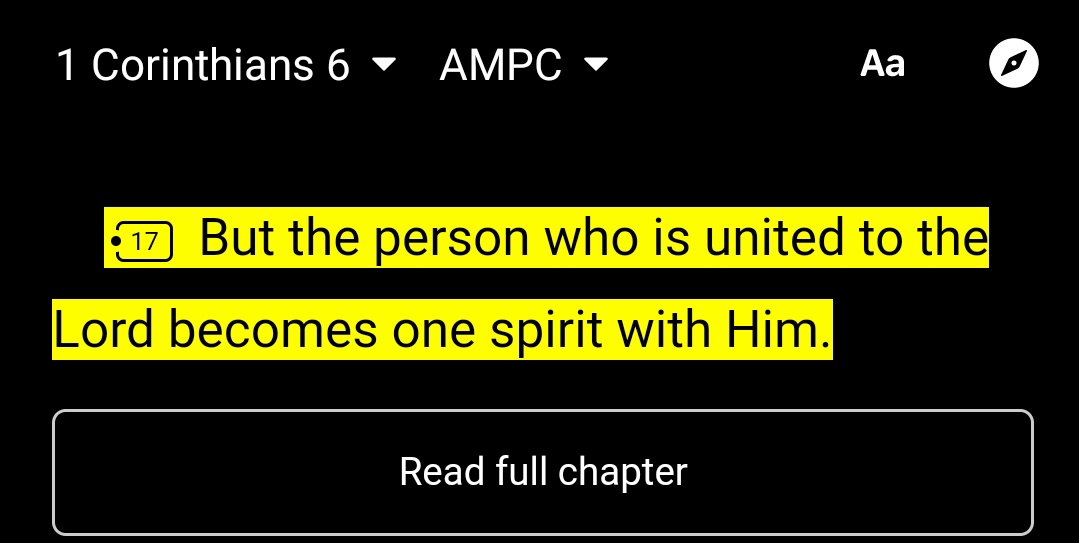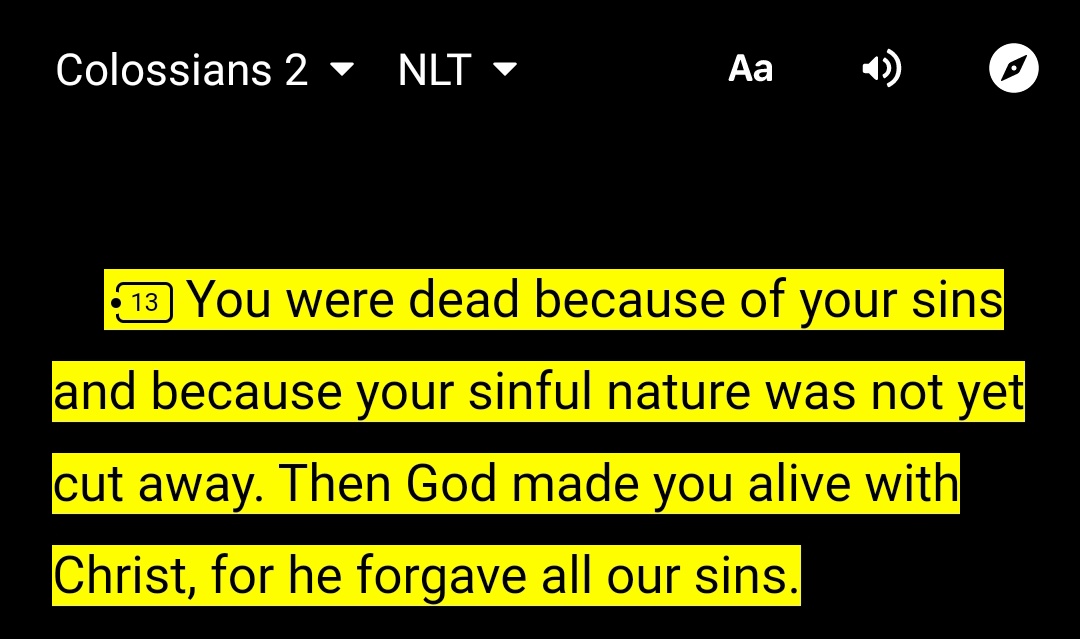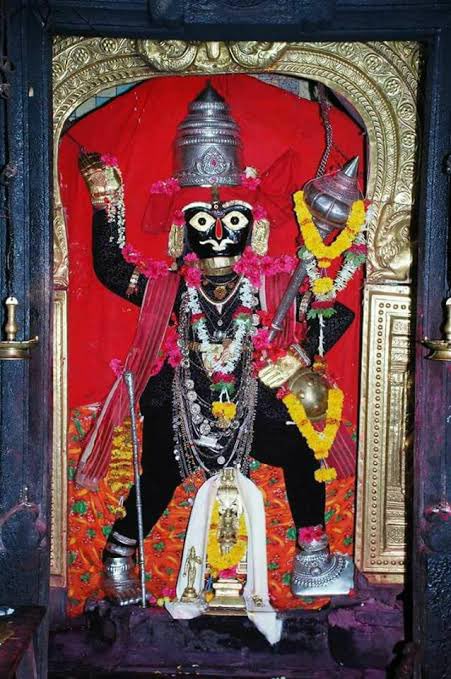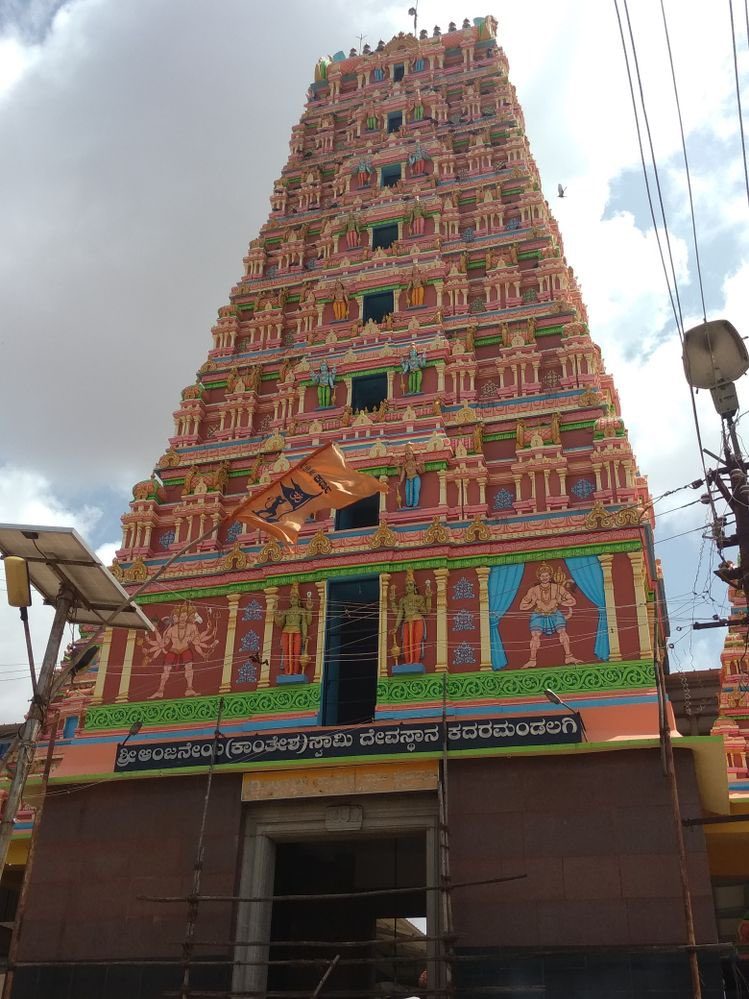A few weeks back I posted about the hidden texts of the bible that were altered and amended by Constantinople and the Nicean Counsel in 300AD. Here are some more divinely sacred works for context, collated by @stormis_us
More from 🌹⚜️ ⚔️𝒮𝒽𝑒𝓀𝒽𝒾𝓃𝒶𝒽 ⚔️ ⚜️ 🌹
Gematria on PURIFICATION TIME: Take a look, thanks @SPACEX25587506 https://t.co/93iDCciyyB

https://t.co/StVLKc0G7k

https://t.co/7GR4q4sBNQ

https://t.co/5edvpWoJfw

https://t.co/yvMJWdQlJC


PuRiFiCaTiOn \u26aa\ufe0f TiMe........................................................................
— SPACEX (@SPACEX25587506) December 11, 2020
............................................................................................. ... ...... .........\u267e pic.twitter.com/wFBsTQwJEX
https://t.co/StVLKc0G7k

https://t.co/7GR4q4sBNQ

https://t.co/5edvpWoJfw

https://t.co/yvMJWdQlJC

Gematria decode ... very powerful and a bit moving too, at the end ... https://t.co/D6s7zEev80

https://t.co/ZbgjDhcpan

https://t.co/upLLPuIKSa

God walks amongst us

https://t.co/kSibLgVNDk


\U0001f4a5INdiGO ASCenSiON\U0001f4a5..........................................................\U0001f4a5
— SPACEX (@SPACEX25587506) December 29, 2020
\U0001f4a5.......................................................\U0001f4a5..................\U0001f4a5... ...... .........\u267e pic.twitter.com/dW24cc8ruv
https://t.co/ZbgjDhcpan

https://t.co/upLLPuIKSa

God walks amongst us

https://t.co/kSibLgVNDk

Wow beautiful Gematria decode for us all! 🥰 👇
He is!!

Trust the plan!!

https://t.co/8TW43LNdJo

https://t.co/Ee6Iddislv

Divine!! pic.twitter.com/85eQjQsBMG
— \U0001f339\u269c\ufe0f \u2694\ufe0f \U0001d4ae\U0001d4bd\U0001d452\U0001d4c0\U0001d4bd\U0001d4be\U0001d4c3\U0001d4b6\U0001d4bd \u2694\ufe0f \u269c\ufe0f \U0001f339 (@PetahJane) January 2, 2021
He is!!

Trust the plan!!

https://t.co/8TW43LNdJo

https://t.co/Ee6Iddislv

More from Religion
MDZS is laden with buddhist references. As a South Asian person, and history buff, it is so interesting to see how Buddhism, which originated from India, migrated, flourished & changed in the context of China. Here's some research (🙏🏼 @starkjeon for CN insight + citations)
1. LWJ’s sword Bichen ‘is likely an abbreviation for the term 躲避红尘 (duǒ bì hóng chén), which can be translated as such: 躲避: shunning or hiding away from 红尘 (worldly affairs; which is a buddhist teaching.) (https://t.co/zF65W3roJe) (abbrev. TWX)
2. Sandu (三 毒), Jiang Cheng’s sword, refers to the three poisons (triviṣa) in Buddhism; desire (kāma-taṇhā), delusion (bhava-taṇhā) and hatred (vibhava-taṇhā).
These 3 poisons represent the roots of craving (tanha) and are the cause of Dukkha (suffering, pain) and thus result in rebirth.
Interesting that MXTX used this name for one of the characters who suffers, arguably, the worst of these three emotions.
3. The Qian kun purse “乾坤袋 (qián kūn dài) – can be called “Heaven and Earth” Pouch. In Buddhism, Maitreya (मैत्रेय) owns this to store items. It was believed that there was a mythical space inside the bag that could absorb the world.” (TWX)
1. LWJ’s sword Bichen ‘is likely an abbreviation for the term 躲避红尘 (duǒ bì hóng chén), which can be translated as such: 躲避: shunning or hiding away from 红尘 (worldly affairs; which is a buddhist teaching.) (https://t.co/zF65W3roJe) (abbrev. TWX)
2. Sandu (三 毒), Jiang Cheng’s sword, refers to the three poisons (triviṣa) in Buddhism; desire (kāma-taṇhā), delusion (bhava-taṇhā) and hatred (vibhava-taṇhā).
These 3 poisons represent the roots of craving (tanha) and are the cause of Dukkha (suffering, pain) and thus result in rebirth.
Interesting that MXTX used this name for one of the characters who suffers, arguably, the worst of these three emotions.
3. The Qian kun purse “乾坤袋 (qián kūn dài) – can be called “Heaven and Earth” Pouch. In Buddhism, Maitreya (मैत्रेय) owns this to store items. It was believed that there was a mythical space inside the bag that could absorb the world.” (TWX)



























